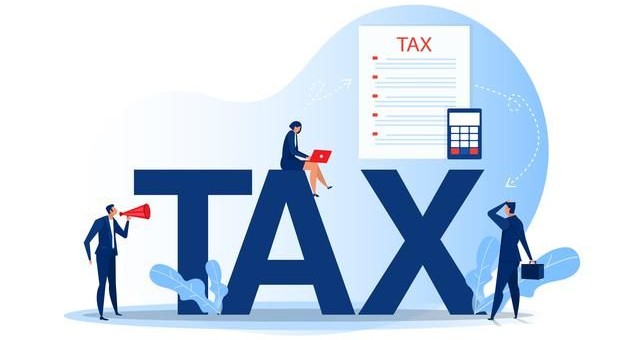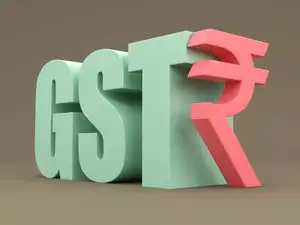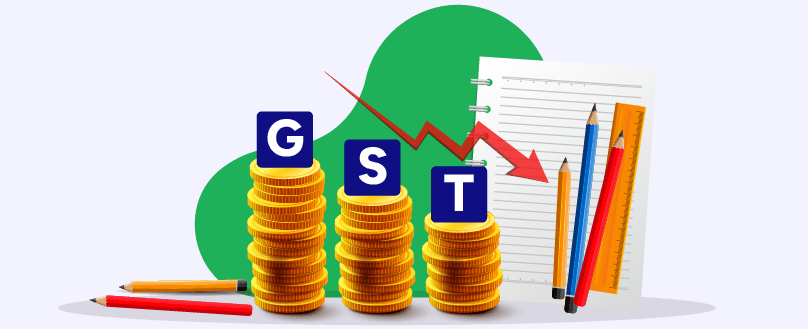India’s net direct tax collections have shown a healthy growth, rising 9.18% year-on-year to ₹10.82 lakh crore as of September 17, 2025, according to official data. This growth comes despite relatively muted second-quarter advance tax payments, highlighting the resilience of the country’s tax revenues.
Key Highlights:
-
Advance Tax Collections: ₹4.48 lakh crore, up 2.9% in Q2.
-
Gross Direct Tax Collections: ₹12.43 lakh crore, up 3.39%.
-
Breakdown of Collections:
-
Corporate Tax: ₹4.72 lakh crore
-
Personal Income Tax: ₹5.83 lakh crore
-
Securities Transaction Tax (STT): ₹26,305.72 crore
-
-
Refunds Issued: ₹1.60 lakh crore, down 23.87% compared to last year.
Despite the slower growth in advance tax payments, government officials remain confident of meeting the FY26 net direct tax target of ₹25.2 lakh crore, which is a significant jump from ₹22.3 lakh crore in FY25. Last year, direct tax collections grew 13.6%, surpassing the budgeted target.
A senior official stated, “The net collection is still growing at close to double-digit rates, and we are confident of achieving our budgeted target for FY26.”
This consistent rise in direct tax collections reflects the strength of India’s revenue system and is expected to provide additional fiscal space for government spending and development initiatives.
Source: The Economic Times



